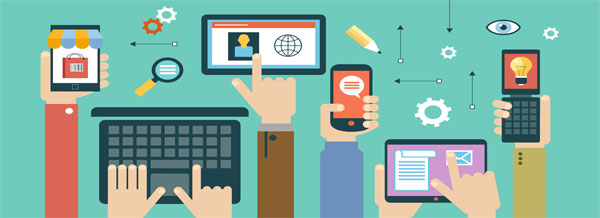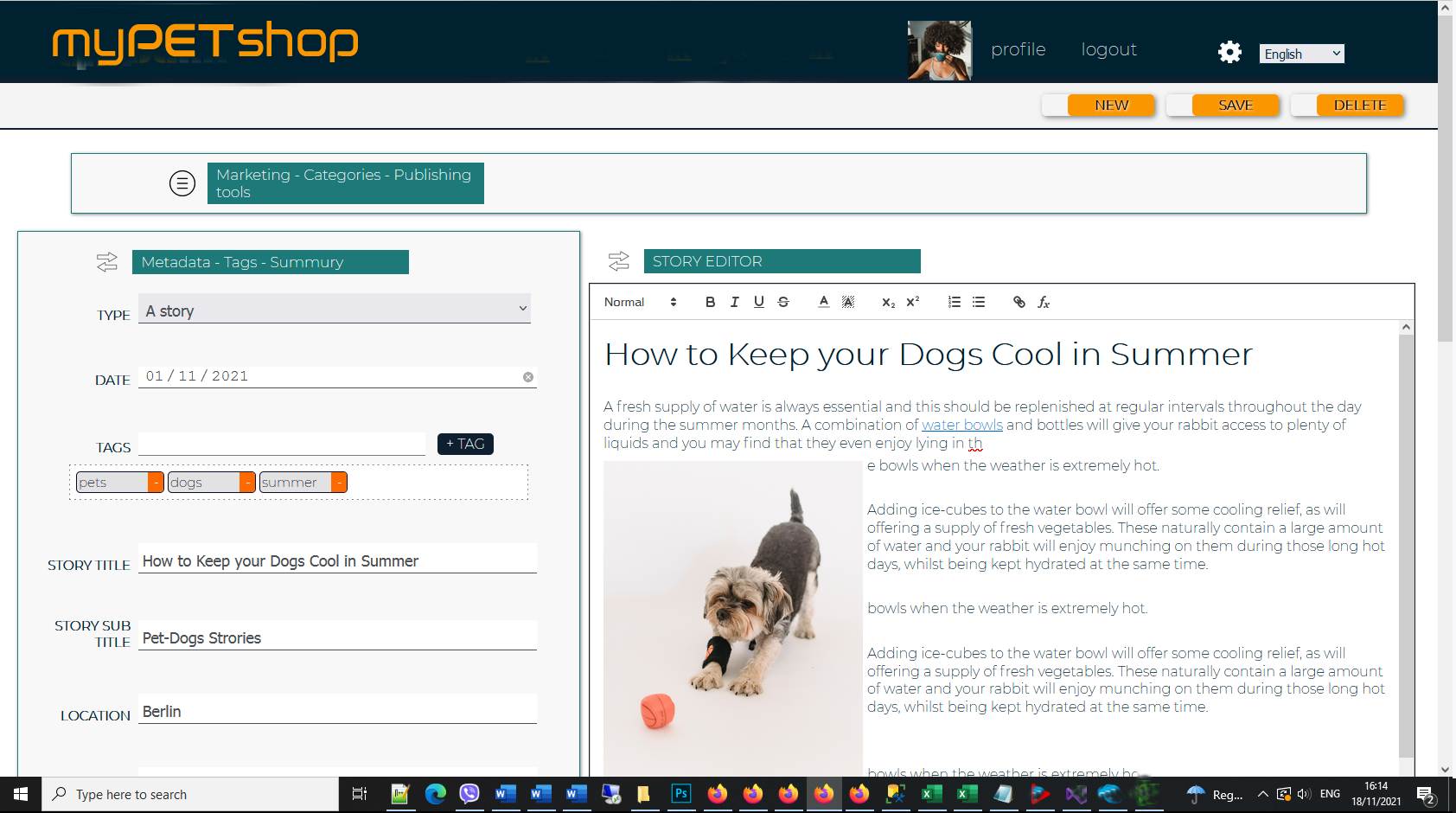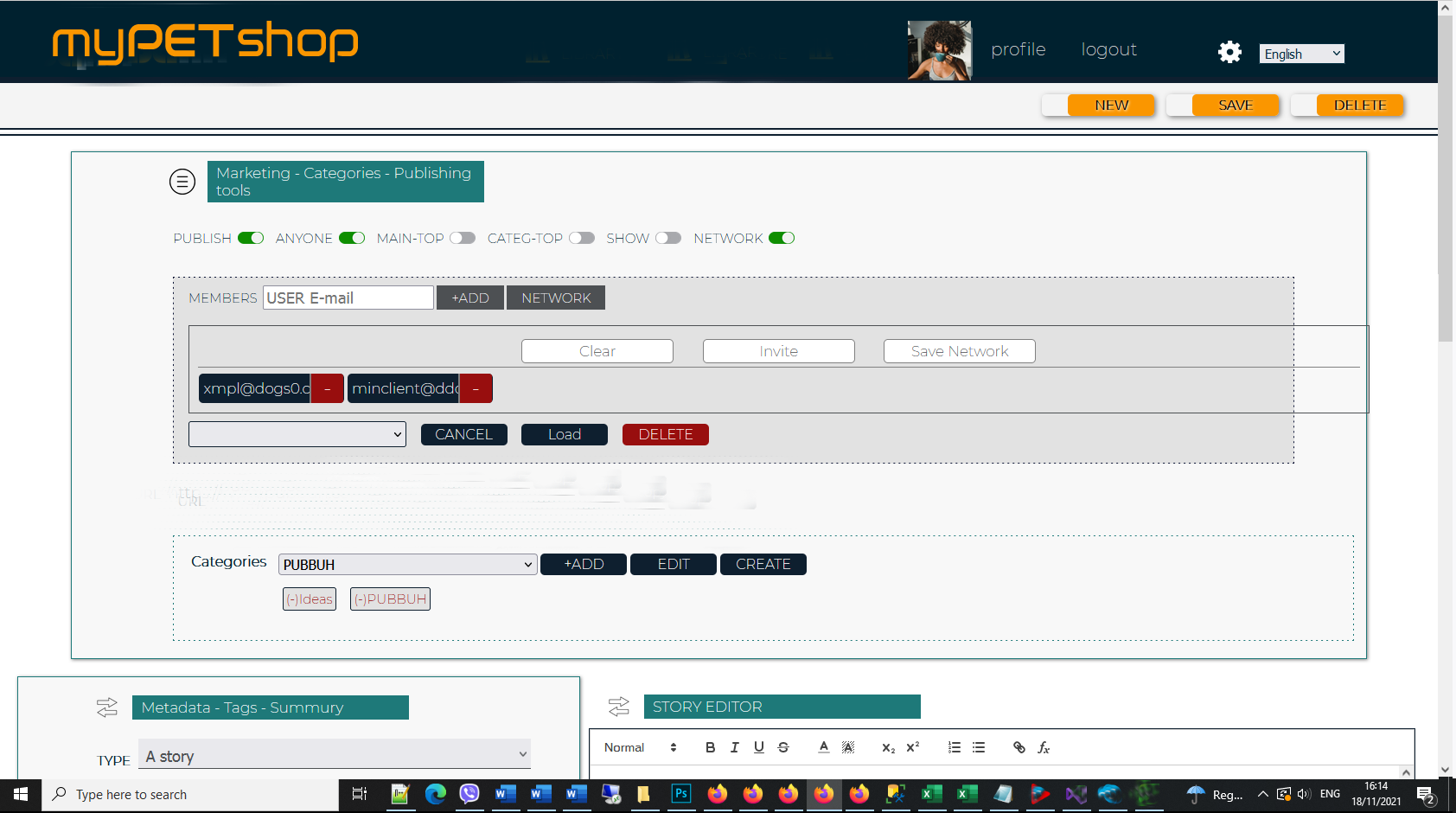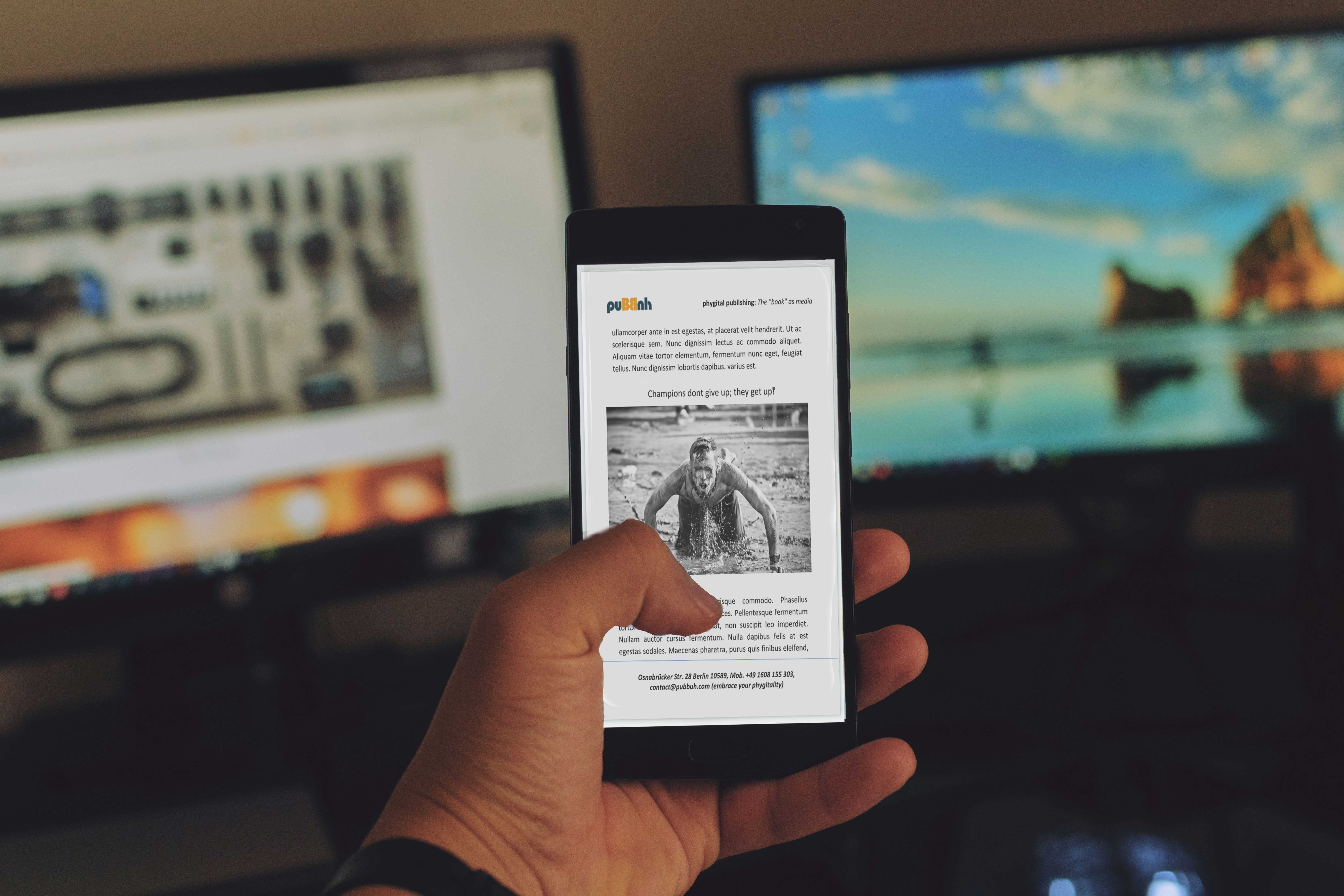Our story starts after a weird and funny debate. My friend Georgia said that we experience two parallel realities. The real world, and on the other side stands the digital one. Those two realities are going together. Everyone lives concurrently as a human being and as a digital entity. We are developing at least two different personalities.
If we consider our everyday actions, we will discover that we have two separate lives. We engage with the digital world when looking for info, playing games, communicating, etc., but we have a real life when we are doing outdoor activities, sports, traveling, etc.

Our cellular phone connects with the cloud. Thus, it is common to look for information on the Internet when there is a reason. For example, when we stare at a poster, if we find the content interesting, we may start to Google for further information.
Considering the situation from the advertiser`s point of view, there is a flaw. There is no guarantee that someone who searches spontaneously on the Internet will find the correct information. For that, it is common to use QR codes on posters.
Instead of googling, one can scan the QRcode and find out details. That`s easier for the people and more beneficial for the advertisers. I think this is the core of the PHYGITAL MARKETING idea. It is about setting up campaigns that combine PHYsical and diGITAL actions.
That`s the canvas of the PHYGITAL CONCEPT.
The idea is to spread online content in the offline world. Our effort is to create services that integrate online & offline actions. We want to develop services that fit specific sectors or markets.
We have done a lot for two different but related branches: the publishing sector and websites, content publishing, and sharing.
We are designing our products and services to help our clients for:
-- Marketing and branding campaigns
-- Improve sales
-- Build networks with their potential clients
Furthermore, we deliver
-- Easy-to-learn products
-- Procedures that they can quickly produce results for the client
-- We stay with our clients.
PHYGITAL CONCEPT FOR WEBSITES & E-SHOPS (PWC)
Why do you need a website?
This is our first question to a new client. Some of them can`t answer it satisfactorily. But all of them understand that the website is a part of their digital image. They know that it is more than a flyer or a reference. A fancy webpage based on a great template often is not enough to highlight the real values of an enterprise.
The branding strategy is a part of every action of the company. We offer to our clients a bouquet of services for this purpose.
In the center of the PWC is the STORIES-EDITOR. The tool to develop new content (new stories).

The STORIES are the crucial entity of PWC. They may have different uses on the website. Usually, they are articles, blog posts, etc. When you create a new story, the editor produces a QR code. That QR code links with the specific article. You can make more than one QR for the same story. This is helpful when you want to spread the story in several different media, e.g., flyers, posters, ads, etc. Later, you can check the analytics and find out how each media works.
The stories may function as LANDING PAGES. Landing pages are specially designed to collect e-mail addresses and develop a network of potential clients.

The stories may act as NEWSLETTERS. You can choose to send any story as a newsletter to your networks. You can check the analytics and find out what happens with your newsletters, landing pages, and Blogspot stories.
We believe that this is PWC`s secret sauce. There is only one panel for content administration. You learn it, and that`s all. You are ready to work and produce.
In conclusion, PWC is an easy-to-learn content administration that helps you to create
--Blog posts articles that you can share online and offline
--Landing pages to collect e-mail addresses and build potential clients` networks
--Newsletters for your networks
--Articles authenticated only for specific networks
--Analytics about the content use
PHYGITAL PUBLISHING
We are familiar with the two types of books: hard copies and e-books. Each of them has pones and cons. The e-book`s important advantages are:
--The ability of devices to store many titles. A home library may be stored in a device
--They can adapt the font size and help the reading
--They are searchable
--The readers can keep notes
The two different kinds of books are two separate products.
Recently, some books have QR codes printed on them. These codes link to extra content, which is interesting marketing, offering extra content, and improving sales. I remember the books with CD-rom or music gifts during the first decade of 2000.
But why not move further?

The electronic version of a book can handle more than text or images. Modern devices can play videos, interact with users, send e-mails, and connect to the Internet. They can do many interesting things.
We have developed an online tool that helps publishers and authors embed rich media, interactions, and micro-applications in books. Book readers can access this enhanced book with our online application for e-book reading.
But what are the benefits of the publisher that links a book with rich media or interactions?
-- Promotes sophisticated content to the reader. (Sounds, Videos, Maps, notes, etc.)
-- Helps the readers to communicate directly with the author or the publisher.
-- Collects data (anonymously) about the use of books by the user’s community.
-- Allows the readers` community to start conversations or create forums.
-- Each book title became a node connecting the community members.
-- Promotes other books by creating links to them.
There are more, and they depend on the different interactions.
But what happens with the hard copies?
That’s the point of PHYGITAL PUBLISHING. Each book comes with a special QRcode that connects the book with the enhanced content and services.
With the PHYGITAL PUBLISHING, every add-on that the publisher creates is available even in hardcopies. This is a huge difference in the book market.


PHYGITAL PUBLISHING creates new habits and disrupts the book market. It is helpful in areas such as education. The publisher of books or notes can provide multiple representations of information.